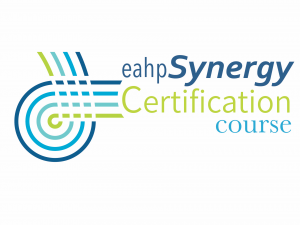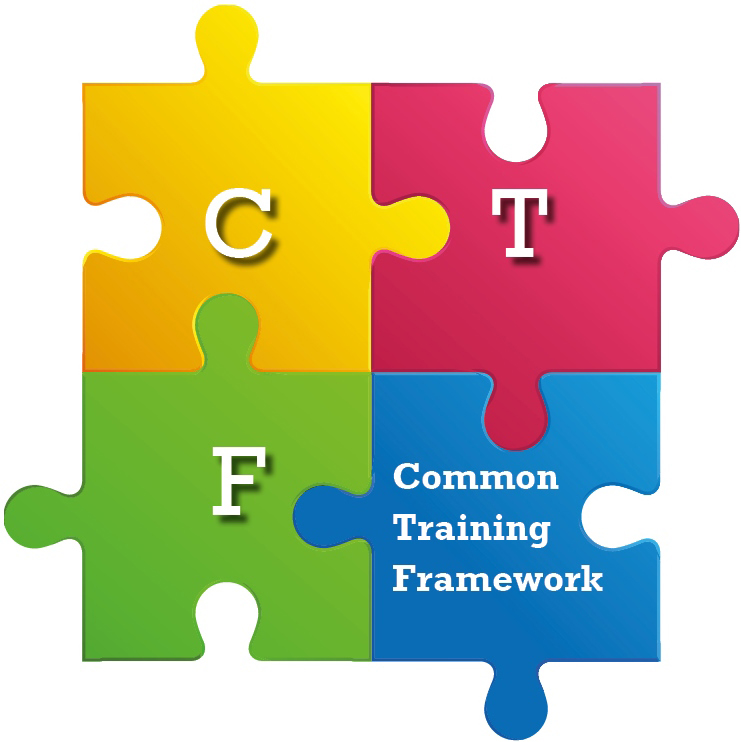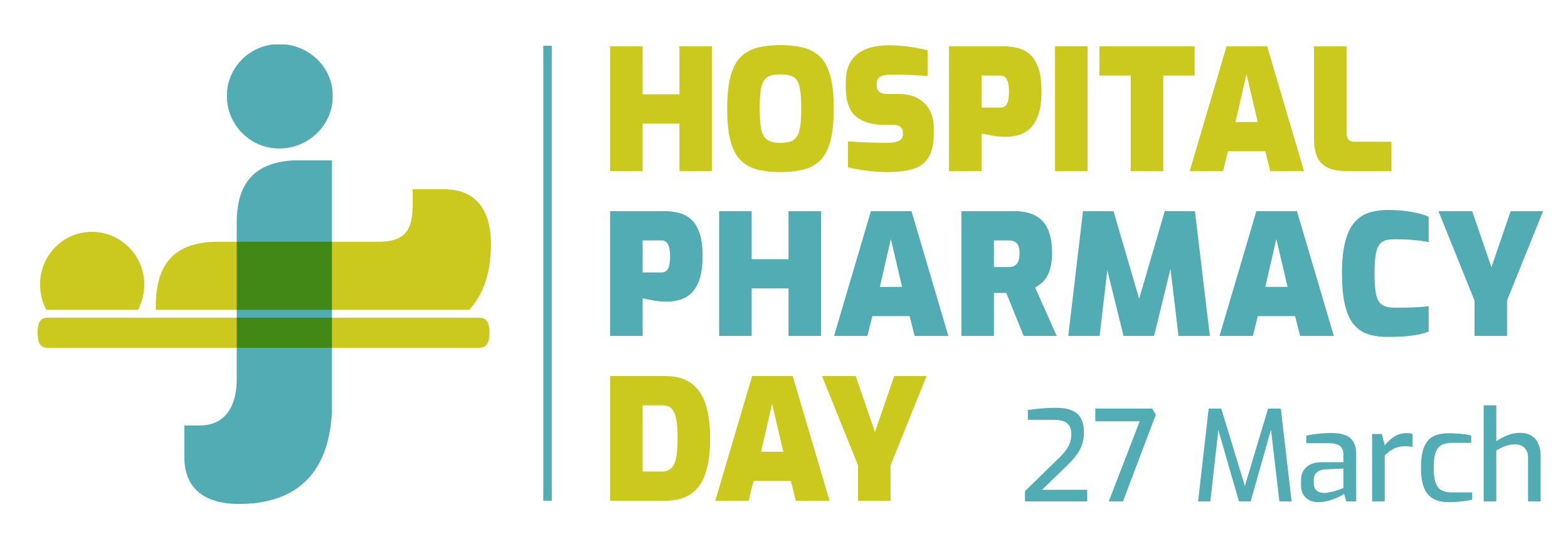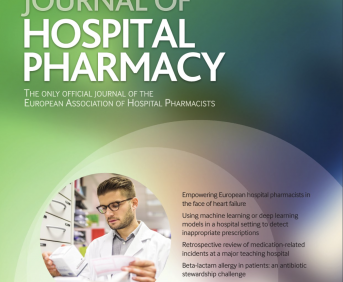Francesca Venturini (on Wednesday 21 March) / Branislava Miljkovic (on Thursday, 22 March)
Linked to EAHP Statements
Section 4 – Clinical Pharmacy Services: Statements 4.2, 4.4
Section 5 – Patient Safety and Quality Assurance: Statements 5.1, 5.2
ACPE UAN: 0475-0000-18-010-L04-P. A knowledge based activity.
Abstract
Polypharmacy, defined as the use of multiple drugs or more than are medically necessary, is common and often comes with an increased risk for negative health outcomes such as an increased risk of adverse drug events, drug-interactions, medication non-adherence, and higher healthcare costs. Sometimes a prescription cascade occurs when a new medicine is added to treat an adverse effect of previously prescribed medicine. Available guidelines are usually devised with focus on a single disease, whereas in reality, many patients have multiple chronic diseases, requiring multiple treatments. Polypharmacy can be both appropriate and inappropriate (problematic) and it is the responsibility of health care professionals to ensure the safe and effective use of their multiple medicines for individual patients.
Medicines optimization can support the management of chronic treatments and polypharmacy. Close collaboration of healthcare professionals in prescribing and medication review is a sensible approach to complex drug decisions involving polypharmacy. Several tools are available to help guide healthcare professionals in evaluating drug safety and reduce inappropriate polypharmacy as a part of individual polypharmacy review. The “Seven steps” approach to managing polypharmacy aims to address polypharmacy as part of overall medicines optimization strategies and assists healthcare professionals with medication review of polypharmacy patients. Identified steps are: assess patient, define overall treatment goal (share and discuss suggestions for medication review with patient/carer), identify inappropriate medicines, assess each medicine for specific risks and benefits in patient context, agree to continue, stop or reduce dose, communicate with other healthcare professionals, monitor, review and adjust regularly.
Pharmacists should share responsibility with other healthcare professionals and patients to ensure that potentially inappropriate medications are minimized.
Learning objectives
After the session, the participant should be able to:
• Explain approach to identify potentially inappropriate polypharmacy;
• Present seven steps approach to managing polypharmacy;
• Describe the steps involved in managing polypharmacy; and,
• Be familiar with different models of pharmacist’s involvement.
Educational need addressed
To be capable to evaluate drug safety and reduce inappropriate polypharmacy.
Keywords: polypharmacy, medicines optimisation, inappropriate medication, drug safety
























